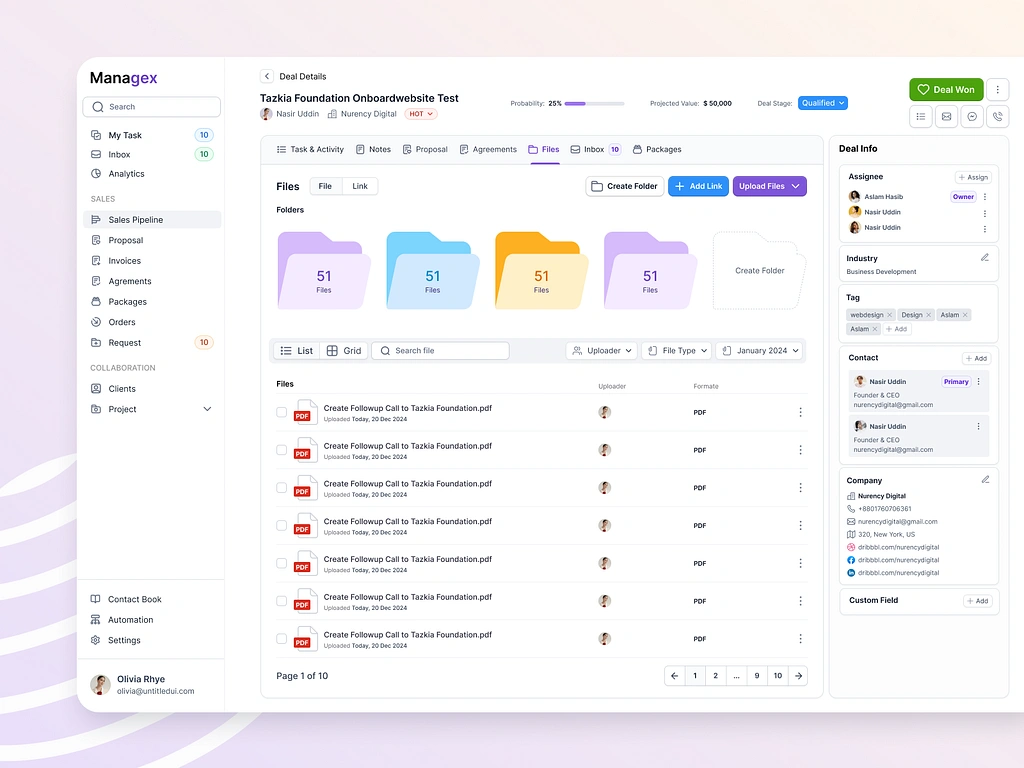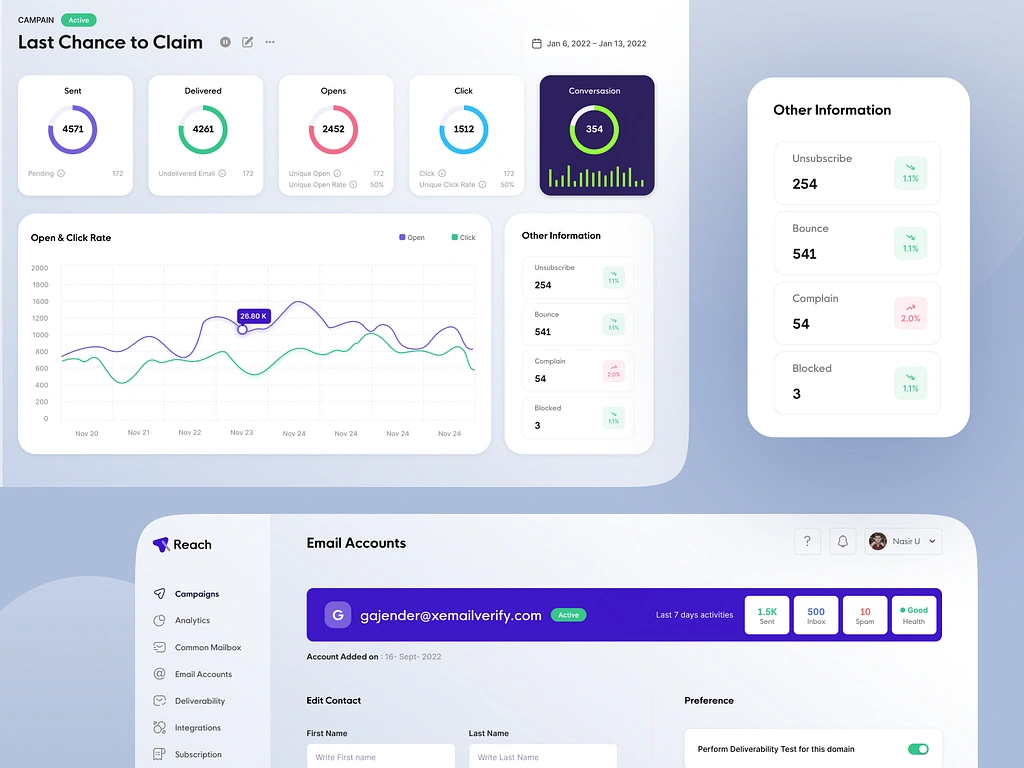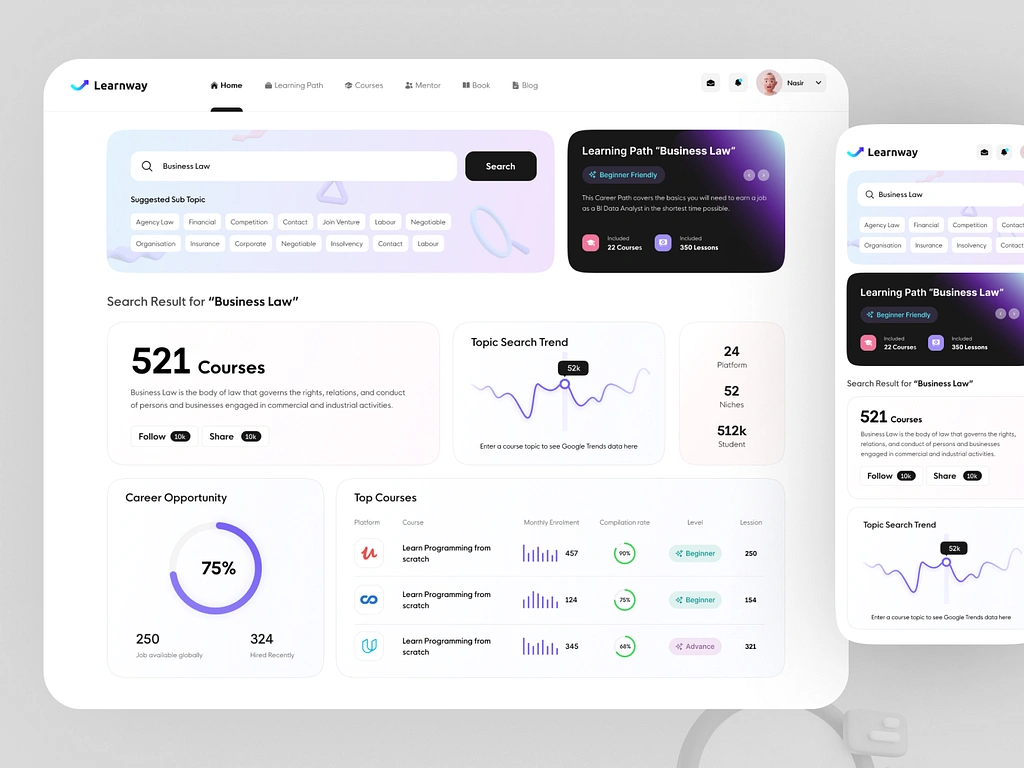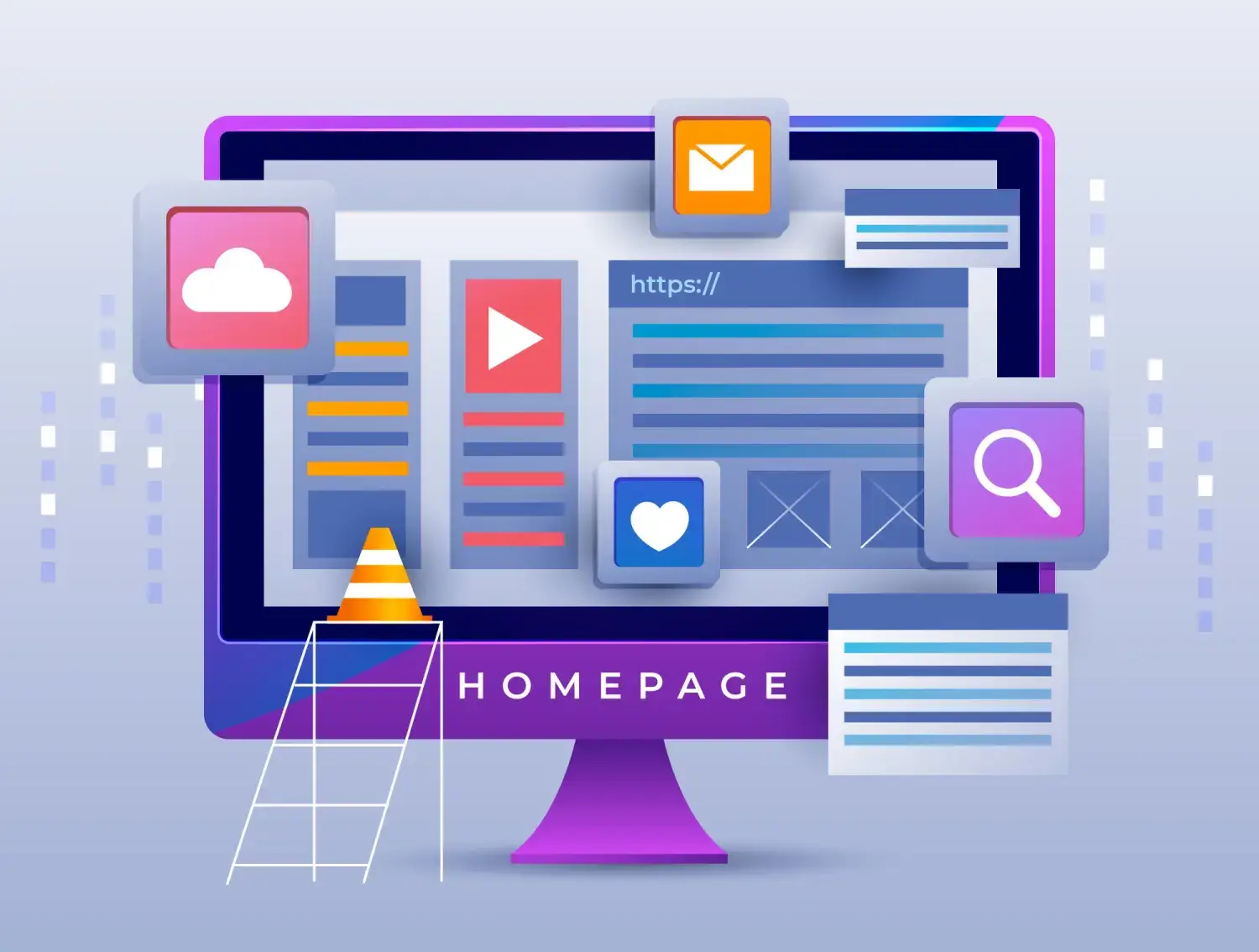In a world increasingly dominated by subscription-based services, Software as a Service (SaaS) platforms have emerged as powerful engines driving business innovation and user engagement. Whether you’re a startup keen on disrupting an established market or a leader seeking to enhance your company’s digital footprint, understanding the intricacies of SaaS design is no longer optional—it’s essential. But what sets a truly exceptional SaaS platform apart from its competitors? The answer lies in its features. More specifically, how these common features are ingeniously crafted to unlock the full potential of the service for both the provider and the user.
As the landscape of digital solutions continues to evolve at breakneck speed, certain SaaS common features are proving indispensable in delivering efficiency, scalability, and user satisfaction. However, not all features are created equal. The magic lies in their thoughtful integration into the platform’s design, transforming baseline functionalities into standout elements that propel the service to new heights. In this exploration, we’ll delve deep into ten crucial features every SaaS platform needs, shedding light on how each can be meticulously leveraged to enhance performance and user experience. Buckle up as we embark on this journey to demystify the mechanisms that power the digital pulse of modern businesses.
Understanding the Foundation: What is SaaS Design?
Before we dive into the essential features of SaaS design, let’s first understand what it entails. SaaS, or Software as a Service, refers to a cloud-based software delivery model where users access applications over the internet on a subscription basis. Unlike traditional software installations, SaaS eliminates the need for local installation and maintenance, offering convenience and flexibility to both providers and users.
SaaS design encompasses the entire user experience, from the interface to functionality and performance. It involves creating an intuitive and visually appealing platform that seamlessly integrates with other systems while prioritizing data security and scalability. Let’s explore some of the key aspects of SaaS design that contribute to its success.
User-Oriented Navigation: Intuitive Interface Design
An intuitive interface is crucial for any SaaS platform as it directly impacts user satisfaction and productivity. A well-designed navigation system ensures that users can easily find what they’re looking for without confusion or frustration. This includes clear menus, logical organization of features, and intuitive icons or buttons.
By understanding user behavior patterns and conducting thorough usability testing, designers can create an interface that anticipates user needs and guides them through the platform effortlessly. Intuitive navigation not only enhances user experience but also reduces support requests by minimizing confusion.
Data Security: Implementing Robust Encryption Protocols
Data security is paramount in today’s digital landscape where cyber threats are constantly evolving. For a SaaS platform to gain trust from its users, it must prioritize data protection at every level. This includes implementing robust encryption protocols to safeguard sensitive information.
By utilizing industry-standard encryption algorithms and secure transmission protocols such as SSL/TLS, SaaS platforms can ensure that data remains confidential during storage and transmission. Regular security audits and vulnerability assessments are also essential to identify and address any potential weaknesses in the system.
Customization Capabilities: Tailoring the User Experience
Every user has unique preferences and requirements. Offering customization capabilities allows users to tailor the SaaS platform to their specific needs, enhancing their overall experience. This can include customizable dashboards, personalized settings, and the ability to add or remove features based on individual preferences.
By providing customization options, SaaS platforms empower users to create a personalized workspace that aligns with their workflow. This not only increases user satisfaction but also improves productivity as users can focus on what matters most to them.
Scalability: Adapting to Growing Demands
A successful SaaS platform should be able to handle increasing user demands without compromising performance or stability. Scalability is crucial for accommodating growing user bases and ensuring that the platform remains responsive even during peak usage periods.
Designing a scalable architecture involves utilizing cloud infrastructure, load balancing techniques, and efficient resource allocation. By adopting these strategies, SaaS platforms can seamlessly scale up or down based on demand, providing a consistent experience regardless of user volume.
Integration Flexibility: Seamless Connection with Third-Party Tools
SaaS platforms often need to integrate with other systems or tools that businesses rely on. Whether it’s customer relationship management (CRM) software, project management tools, or payment gateways, seamless integration is essential for a cohesive workflow.
An open API (Application Programming Interface) allows developers to connect external applications with the SaaS platform effortlessly. By offering integration flexibility, SaaS platforms enable users to leverage existing tools and streamline their operations without disruption.
Analytics and Reporting: Harnessing Data Insights
Data is a valuable asset for businesses, and SaaS platforms play a crucial role in collecting, analyzing, and presenting data in a meaningful way. Analytics and reporting features provide users with valuable insights into their operations, enabling data-driven decision-making.
By offering comprehensive analytics dashboards, customizable reports, and real-time data visualization, SaaS platforms empower users to monitor key performance indicators (KPIs) and identify areas for improvement. This helps businesses optimize their processes and drive growth.
Collaboration Features: Fostering Teamwork and Communication
In today’s interconnected world, collaboration is essential for business success. SaaS platforms should facilitate seamless teamwork and communication by providing collaboration features such as shared workspaces, document collaboration, and real-time messaging.
By centralizing communication within the platform itself, SaaS platforms eliminate the need for multiple tools or email chains. This streamlines collaboration processes, improves productivity, and ensures that everyone is on the same page.
Mobile Responsiveness: Ensuring Accessibility Anytime, Anywhere
In an increasingly mobile-centric world, it’s crucial for SaaS platforms to be accessible on various devices. Mobile responsiveness ensures that users can access the platform from smartphones or tablets without compromising functionality or user experience.
Designing a responsive interface involves optimizing layouts for different screen sizes, ensuring touch-friendly interactions, and adapting to varying network conditions. By prioritizing mobile responsiveness, SaaS platforms cater to the needs of users who are constantly on the go.
Conclusion: The Art of Crafting Exceptional SaaS Platforms
SaaS design is a multifaceted discipline that requires careful consideration of various factors. By understanding the foundation of SaaS design and leveraging essential features such as user-oriented navigation, data security, customization capabilities, scalability,integration flexibility,analytics and reporting,collaboration features, and mobile responsiveness, SaaS platforms can unlock their full potential.
As businesses continue to embrace digital transformation, the demand for exceptional SaaS platforms will only grow. By prioritizing these common features and continuously innovating, SaaS providers can create platforms that not only meet user expectations but also drive business success in the ever-evolving digital landscape.












